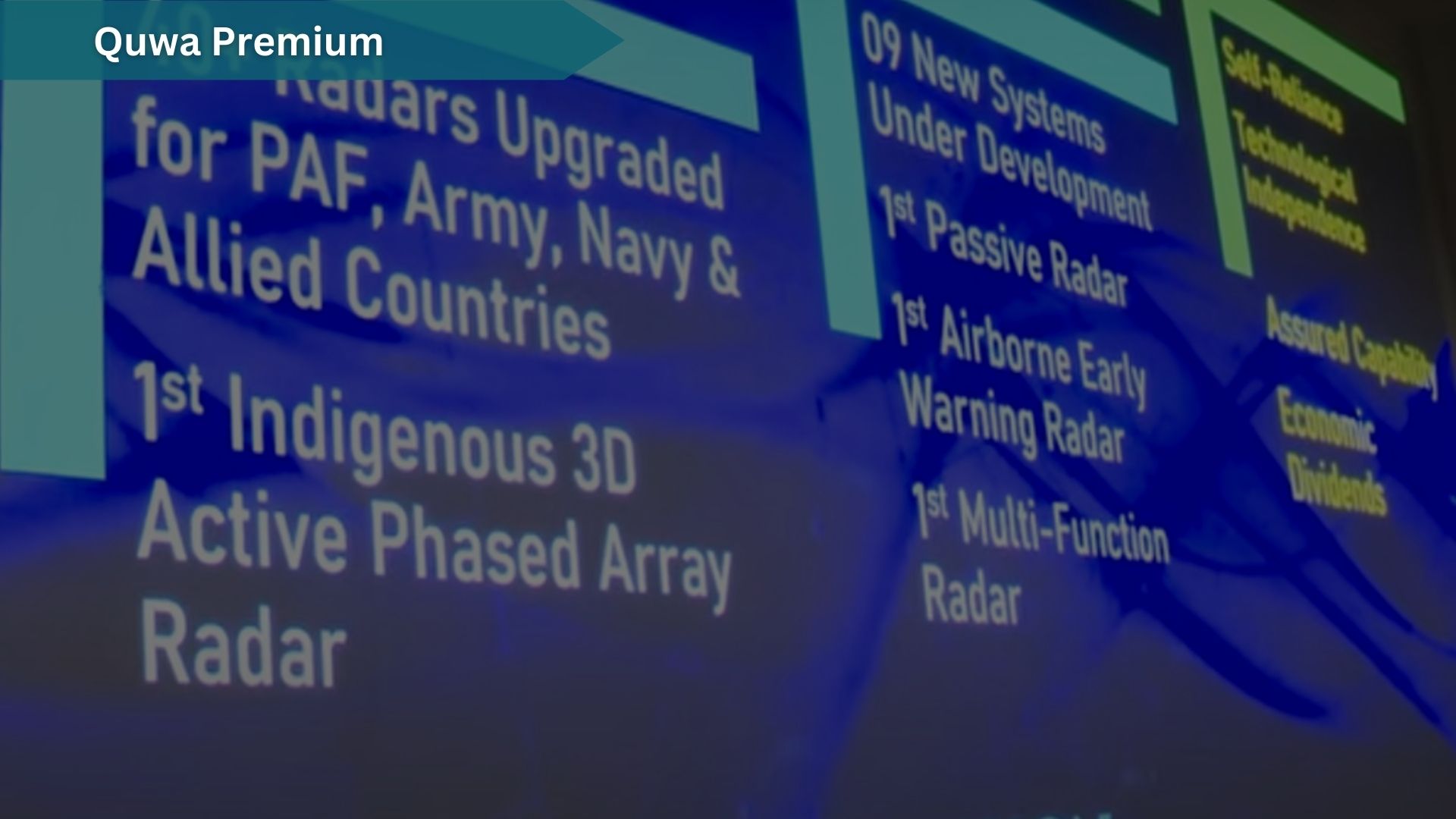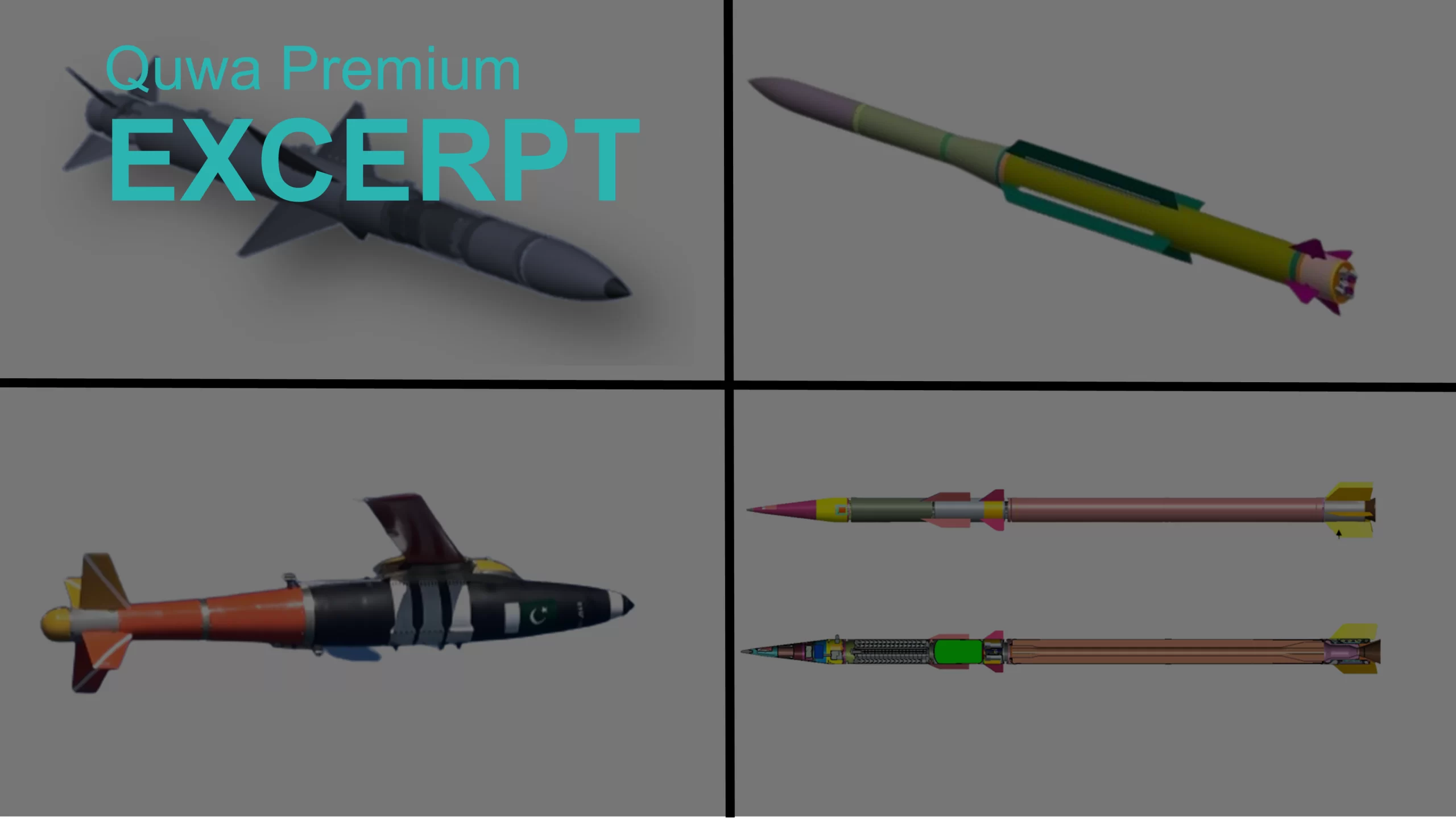7411Views

Pakistan’s NASTP Reveals New Radar Programs
The Pakistan Air Force’s (PAF) National Aerospace Science & Technology Park (NASTP) revealed that it was developing nine new original radar/sensor programs, including a new passive radar, a multi-function radar, and an airborne early warning (AEW) radar.
The disclosure was made in a promotional PAF video recapping the visit of President Asif Ali Zardari at one of NASTP’s facilities.
In addition to new radar projects, NASTP also revealed that it upgraded over 40 radars for the PAF, the Pakistan Army (PA), the Pakistan Navy (PN), and other countries.
Comments and Analysis
Pakistan has been working to involve its domestic industry in sensor sourcing since the mid-2010s when it began embarking on a local upgrade program for its Siemens Mobile Pulse Doppler Radar (MPDR) systems.
In 2019, the PAF imported around 60 ‘solid transmitter kits’ from Germany’s Hensoldt for the MPDR upgrade project. When they were originally acquired in the 1980s, the MPDRs were not solid-state based radar systems; rather, they were legacy mechanically scanned radars. Thus, the integration of new solid transmitters was a sign of a major upgrade, one that may have involved transforming the MPDRs into phased array radars.
The PAF evidently took its learnings from the MPDR upgrade program to engage in new original radar design work. By 2019 or 2020, several entities within Pakistan – including Air Weapons Complex (AWC) under the National Engineering and Scientific Commission (NESCOM) – had prototyped gallium nitride (GaN) modules.
Shortly thereafter, the PAF set up NASTP which, by 2024, revealed its own short-range S-band air defence radar called the SR-3D. NASTP is also developing a longer-ranged radar based on the SR-3D, which could be revealed by late 2026. This new radar may be the same as the multi-function radar listed among NASTP’s up and coming programs.
It is unclear if the ‘passive radar’ is a passive sensor similar to the ERA VERA-E, which NASTP is also developing, or some other application. The known NASTP system could geo-locate targets based on their radar frequency (RF) emissions at ranges of 400+ km and track up to 200 targets simultaneously.
Together the domestic AEW, multi-function radar, and passive sensor projects represent the PAF’s efforts to take ownership of its airborne and surface-based surveillance as well as electronic support measures (ESM) requirements via proprietary platforms. In turn, the PAF can maintain direct control over what connects with these sensors, how it uses them, and where it chooses to deploy them.
End of excerpt (404/1,088 words)
Existing Quwa Premium members can log in below
Note: Logged in members may need to refresh the article page to see the article.


